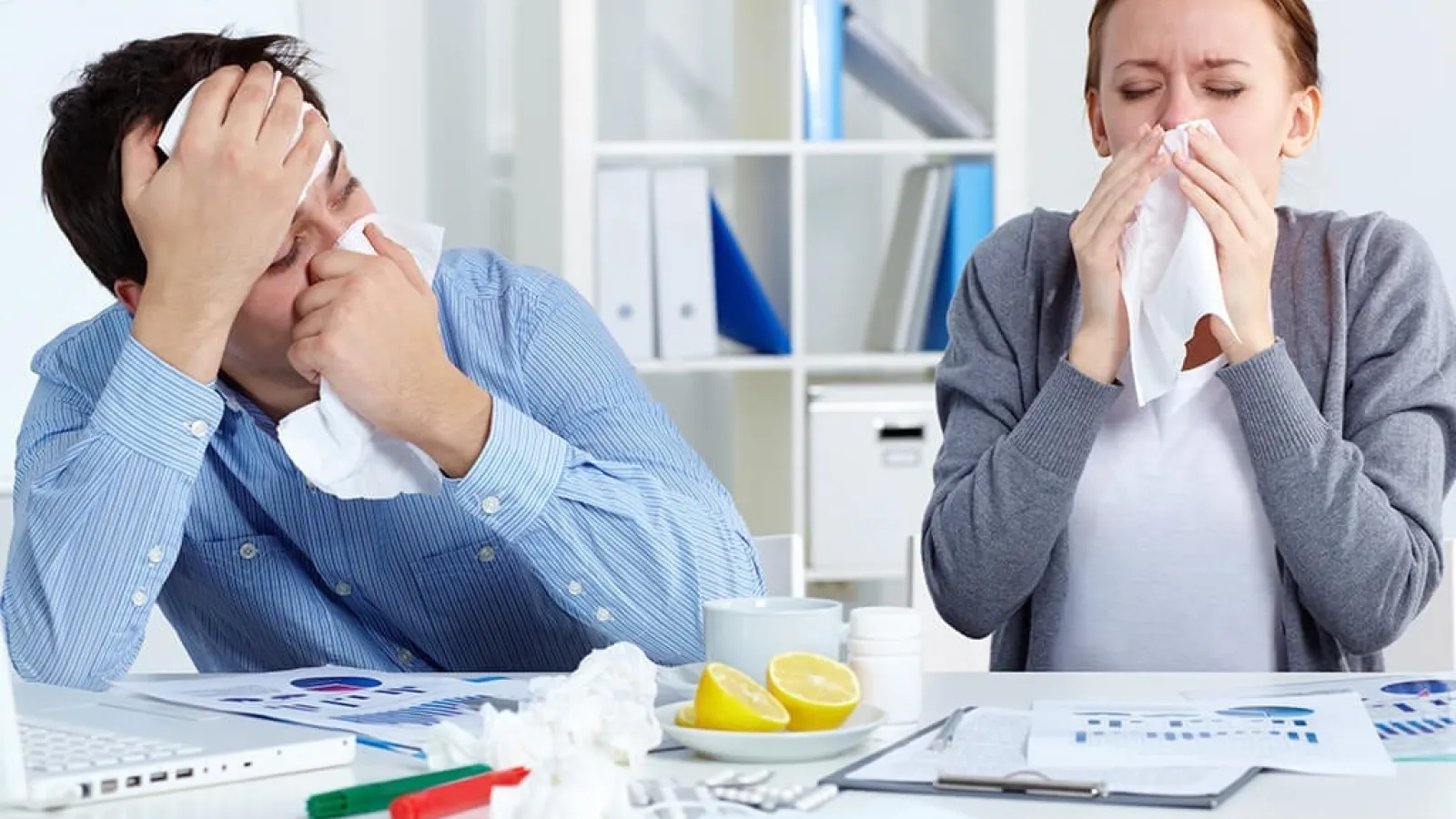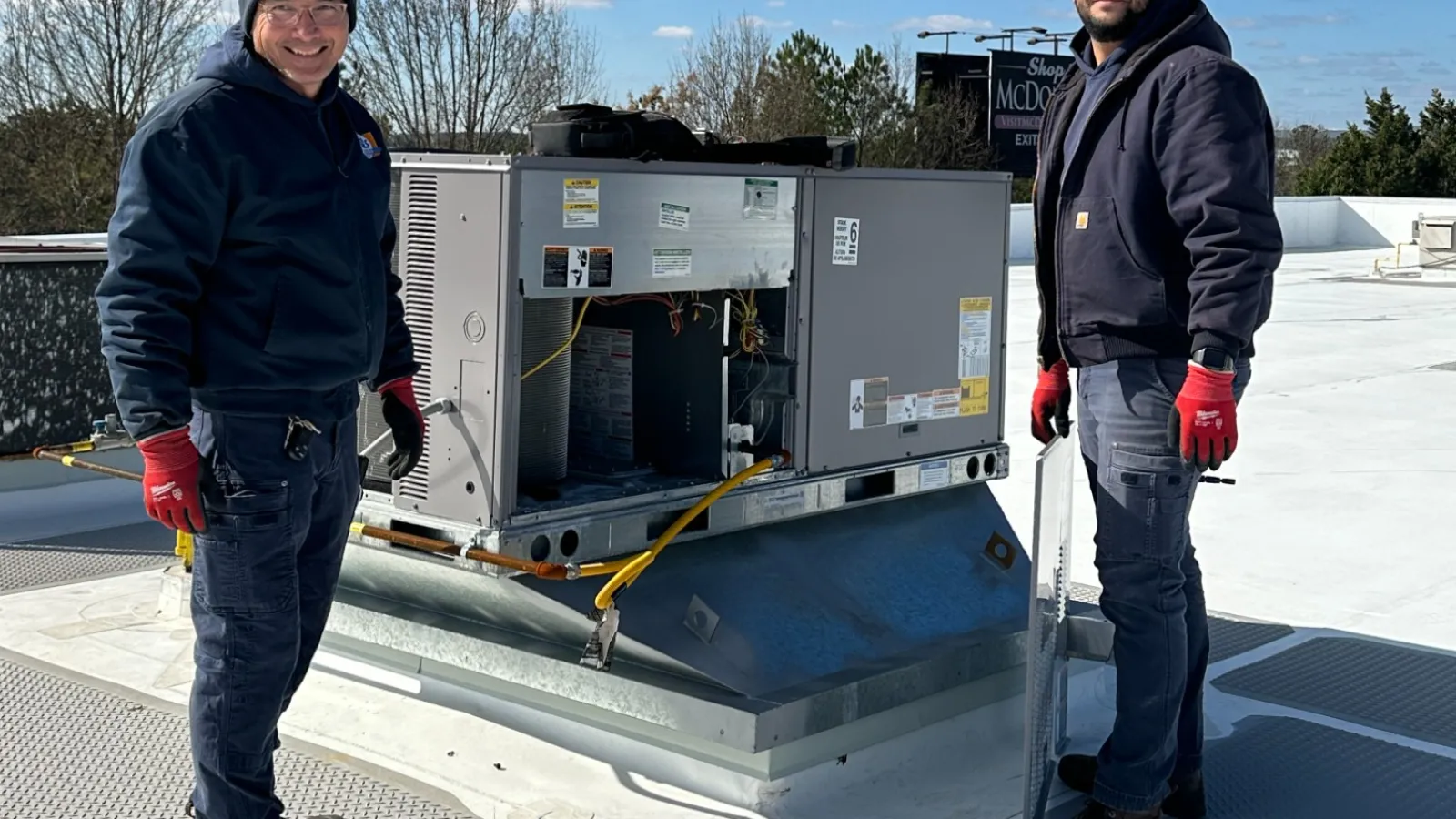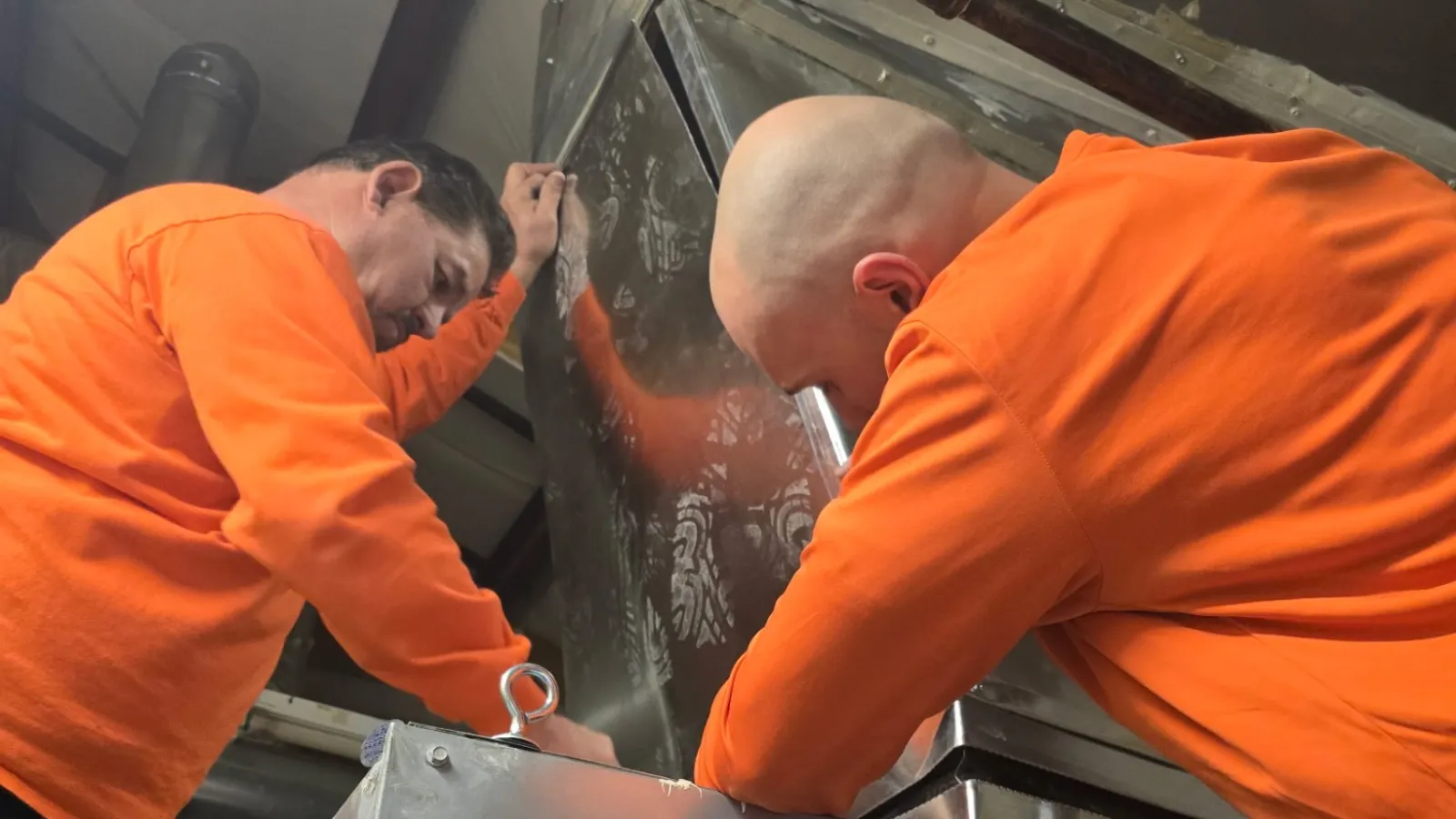Atlanta is a beautiful city full of vegetation blooming year-round, thanks to our warm climate. However, the flowers, trees and grass also cause a host of symptoms among seasonal allergy sufferers, both inside through HVAC air quality and outdoors.
This requires businesses to take steps in the workplace to help employees stay focused and healthy throughout the year. Improving HVAC air quality works to eliminate allergy triggers and the spread of illness.
You likely have allergy sufferers in your workforce. These employees find it difficult to work through uncomfortable symptoms such as itchy, red eyes, sneezing and congestion. This leads them to take a day or days off to recover. Because the average American worker takes five sick days each year, allergy symptoms are a costly problem for employers. There is a decrease in productivity as well as potential healthcare claims.
Illness Caused by Poor HVAC Air Quality
When air quality within a commercial building is poor, it can cause something called sick building syndrome. Poor building design, such as poor ventilation or other factors within the facility, causes the syndrome.
“Sick Building Syndrome” Symptoms
Often resolved once the person leaves the building, sick building syndrome manifests physical symptoms such as:
- Headaches
- Irritation to the eyes, nose, and throat
- Coughing
- Itchy and/or dry skin
- Fatigue
- Difficulty concentrating
- Dizziness
- Nausea
Poor indoor air quality within a workplace can lead to the buildup of allergens and airborne contaminants generating physical symptoms. Stale, humid air also allows allergens to build and germs, bacteria and viruses to spread from one worker to the next.
HVAC Air Quality Shown to Reduce Symptoms
In a study of green-certified buildings, with improved ventilation, employees suffered fewer symptoms. Employees in these buildings also have 30 percent fewer complaints of headaches and respiratory symptoms.
Not only were physical symptoms lessened, employee productivity improved. It was a result of enhanced ventilation leading to better HVAC air quality.
Solutions for Better HVAC Air Quality
Businesses can work to improve HVAC air quality using various commercial HVAC systems. Improving ventilation within your building is critical for preventing the buildup of allergens triggering symptoms within your workforce.
Clean, filtered outdoor air is brought in, forcing stale, contaminated air out. Ventilation systems also work to eliminate the buildup of fumes. These and other byproducts produced within your facility contribute to sick building syndrome.
Too Much Moisture Can Be Bad
Too much moisture within a building causes allergens to build up as well. When the air is moist, dust mites and mold thrive. The building can then become a breed mold, and cause continuous health issues among your workforce.
Commercial dehumidification systems keep moisture levels in-check year-round. Ideally, relative humidity is kept balanced between 30 and 50 percent to minimize the allergens in the workplace. These numbers, however, may be affected by the geographic region. In certain areas, for example, it may be more realistic for 40 to 55 percent achievable humidity.
Dehumidifiers pull moisture from the air as it flows through ductwork and heating and cooling systems. The moisture expells through a dedicated drain to protect your building and lower maintenance needs.
Boost Your HVAC Air Quality
Estes offers the solutions your business needs to improve HVAC air quality as well as reduce sick days among your workforce. Contact us today to learn about the commercial systems and equipment to maintain a healthier indoor environment.



